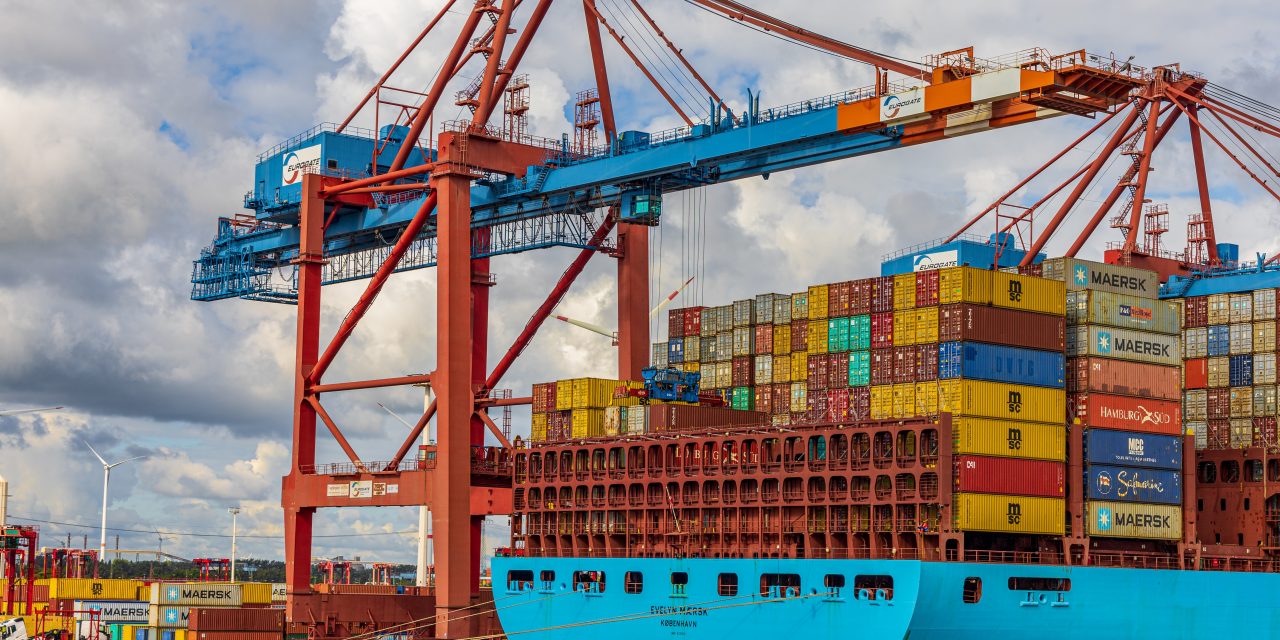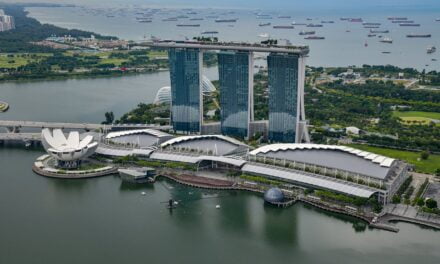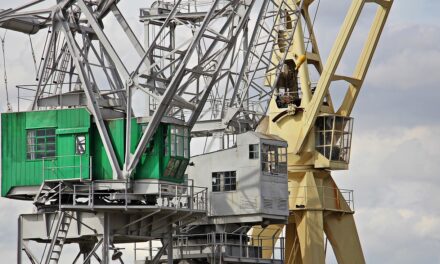Growth output in the ASEAN region remains strong, figures from S&P Global showed Monday, with Vietnam weighing on the region’s growth.
The headline S&P Global ASEAN manufacturing purchasing managers’ index came in at 51.0 in March, down from 51.5 in February. Any number over 50.0 denotes expansion, while anything below signals a contraction.
ASEAN stands for Association of Southeast Asian Nations and is a political and economic union of 10 member states in Southeast Asia. Members include Indonesia, Malaysia, the Philippines, Singapore, Thailand and Vietnam.
The latest reading marks 18 months of improving business conditions, but pointed to a marginally weaker rate of growth compared to a month before.
The PMI is a weighted average of the following five indices: new orders, output, employment, suppliers’ delivery times and stocks of purchases.
“The ASEAN manufacturing sector continued to report improved business conditions as the first quarter drew to a close. Increases in production and buying activity across the region remained strong and historically elevated,” said Maryam Baluch, an economist at S&P Global Market Intelligence.
“However, we see some concerns materialising which could limit future growth. The slowdown in incoming new business and the renewed fall in employment, though only fractional, hints of a slightly muted demand environment and more cautious manufacturers.”
Data broken down by nation showed that improved operating conditions were observed in four of the seven ASEAN nations on which the index is based, with Myanmar leading growth for the first time in just over two and a half years, S&P Global said. The improvement in the health of Myanmar’s manufacturing sector was sharp, with the respective PMI hitting a record high of 55.5 in March.
Thailand came in at second place, with a headline PMI of 53.1, a three-month low but still relatively strong.
Manufacturers across Indonesia noted a slightly stronger, albeit modest, improvement in the health of the manufacturing sector, with the PMI figure at a six-month high of 51.9, S&P Global noted.
Singapore and Malaysia noted deteriorations in manufacturing business conditions in March.
Manufacturers across Singapore reported a deepened decline, with a PMI of 48.9 in March compared to February’s 49.7. In contrast, the downturn in Malaysia was the weakest since the current run of contraction began in September last year, S&P Global said. Malaysia’s PMI in March was 48.8, worsened from 48.4 in February.
Vietnam was worst performing country with a PMI of 47.7 in March, a far cry from February’s 51.2, which showed expansion.
“Nonetheless, optimism across the region remained strongly upbeat, and with inflationary and supply chain pressures subsiding, this bodes well for the recovery of the sector,” said Baluch.
Looking ahead, goods producers remained highly optimistic that output will grow in the coming 12 months, S&P Global said, as sentiment ticked up to a five-month high.
The S&P Global ASEAN manufacturing PMI is compiled by S&P Global from responses to monthly questionnaires sent to purchasing managers in panels of manufacturers in Indonesia, Malaysia, Myanmar, the Philippines, Singapore, Thailand and Vietnam, totaling around 2,100 manufacturers. These countries account for 98% of ASEAN manufacturing value added, according to World Bank world development indicator.
Survey responses are collected in the second half of each month.







